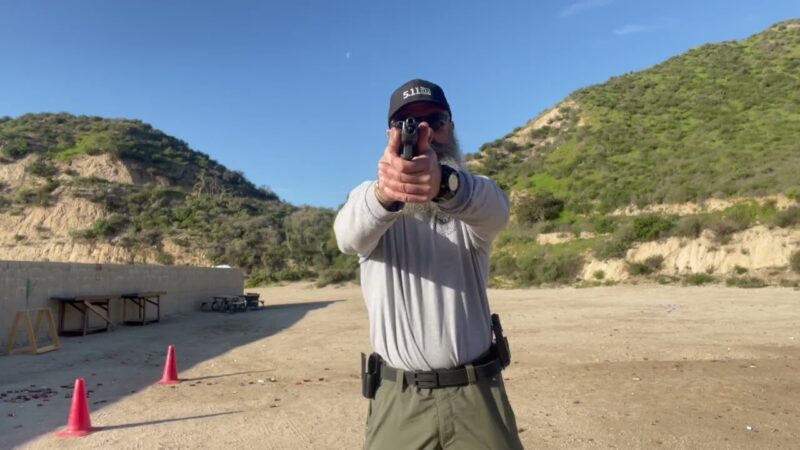In an increasingly volatile world, the role of executive protectors has evolved into a vital protectorate, where split-second decisions can mean the difference between safety and peril. This profession demands more than mere physical prowess; it requires a blend of strategic thinking, emotional intelligence, and robust communication skills.
Aspiring executive protectors must navigate a labyrinth of challenges, from understanding threat assessments to mastering crisis management. So, what are the training programs that effectively equip these guardians with the necessary tools? Unraveling this question leads us to a landscape rich in methodologies, philosophies, and practical applications, each designed to hone the instincts and capabilities of those committed to safeguarding high-profile individuals.
It’s a journey through the intricate tapestry of knowledge and skill that shapes the very fabric of executive protection.
Key Skills Required for Executive Protection

In the realm of executive protection, a wide array of skills converges to create a formidable protector. First and foremost, situational awareness is paramount; the ability to assess an environment quickly and accurately can mean the difference between safety and danger.
Equally vital is physical fitness, as protectors must often respond swiftly to unforeseen threats. Communication skills also play a crucial role—articulating information clearly and maintaining composure under pressure can defuse potentially tense situations.
Furthermore, expertise in defensive driving and evasive maneuvers is non-negotiable, allowing protectors to safely navigate various scenarios. Familiarity with risk assessment and crisis management is also essential, as one must anticipate problems before they escalate.
Lastly, emotional intelligence cannot be overlooked; understanding the dynamics of human behavior enhances a protectors effectiveness in safeguarding clients while maintaining their trust and confidentiality. Together, these skills create a well-rounded professional adept at navigating the complexities of executive protection.
Physical Security and Tactics Training

Physical security and tactics training is an essential cornerstone for aspiring executive protectors, blending theoretical knowledge with practical application in dynamic environments. This multifaceted training encompasses a wide range of skills: from threat assessment and risk management to the meticulous art of close-quarters defense.
Participants engage in rigorous physical conditioning, honing their agility and strength to respond swiftly to unpredictable situations. Alongside this, they delve into tactical driving to navigate potential emergency scenarios.
Real-world simulations introduce scenarios that challenge protectors’ decision-making under pressure, fostering adaptability and sharpening instincts. Moreover, a focus on de-escalation techniques equips them with the tools to defuse volatile situations before they escalate, underscoring the delicate balance between force and diplomacy.
Ultimately, mastering these elements not only enhances personal safety but also cultivates a profound sense of confidence that is invaluable in safeguarding high-profile individuals.
Technology in Executive Protection Training

In the ever-evolving landscape of executive protection, the infusion of advanced technology into training programs has revolutionized how aspiring protectors hone their skills. Virtual reality simulations, for instance, allow trainees to immerse themselves in high-stakes scenarios, cultivating rapid decision-making responses without the real-world risks.
Moreover, wearable tech provides a fascinating glimpse into situational awareness training, enabling individuals to analyze biometric data and real-time environmental feedback—crucial elements in high-pressure situations. Mobile applications that enhance communication protocols are also gaining traction, enabling seamless coordination among team members.
As drones and surveillance systems become standard tools in the field, training programs that incorporate these technologies ensure that future executive protectors are not only adept at traditional methods but are also poised to leverage innovative solutions when safeguarding their clients. Together, these technological advancements create a multifaceted training environment that prepares graduates for the complexities of modern security challenges.
Conclusion
In conclusion, aspiring executive protectors must engage in comprehensive training programs that encompass both theoretical knowledge and practical skills essential for the demanding nature of the profession. Effective training should include elements such as threat assessment, crisis management, physical self-defense, and advanced driving techniques.
Institutions like Pacific West Academy offer specialized programs that equip candidates with the necessary tools to excel in this field. By investing time and effort into a well-rounded training regimen, aspiring executive protectors can confidently prepare themselves to meet the challenges of safeguarding high-profile individuals in an ever-evolving landscape.


